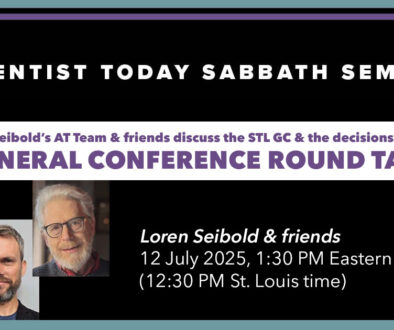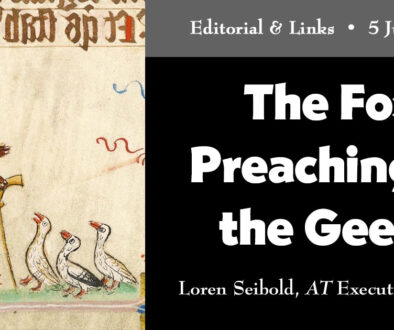Crisis in the Heavenly Council
Commentary on “Jesus Message for the Seven Churches,” January 12-19, 2019
by Werner E. Lange | 16 January 2019 |
Can you image that there is a big crisis in the heavenly council? Nothing less is described in Revelation 5:3-4: “No one in heaven or on earth or under the earth was able to open the scroll or to look into it, and I [John] began to weep loudly because no one was found worthy to open the scroll or to look into it” (ESV). Why this crisis?
Ranko Stefanović quotes Adela Yarbro Collins: “In the context of the apocalypse as a whole it is clear that the problem facing the heavenly council is the rebellion of Satan which is paralleled by rebellion on earth.”[1] Sigve Tonstad rightly criticizes Collins in his treatment of Rev 5: “Satan’s rebellion is less the problem than God’s response to the rebellion (his emphasis).”[2]
The rebellion of Satan could not be solved by force or might—on the contrary: The next rebellion would surely come! The immediate annihilation of Satan (Hebrew for adversary or enemy) would have caused severe problems: It would not have put an end to his lies and slander against God (cf. John 8:44), but—on the contrary—would have given it even more food. (You don’t get slander and lies out of the world by killing the liar!) God would have appeared to be a murderer by such an annihilation, which is incompatible with his character of love and mercy. The other angels would have served God in the future more out of fear than out of love. And obedience out of fear will quite likely produce the character of a rebel! So, the next rebellion would surely have come. By God’s “omnipotence” nothing could be achieved![3]
Likewise the great conflict cannot be solved by force. The statements in the Sabbath School Bible Study Guide, “The central issue in the great controversy between God and Satan is about who has the right to rule” (Jan 20), and “No doubt with His immeasurable power God Himself could realize that plan [of salvation]” (Jan 22) are therefore way off the mark!
The enthronement of Christ at the right hand of God could not solve the problem, either. Rev 5 is not the description of Christ’s enthronement, as claimed by Stefanović.[4] Rev 3:21 is not a “springboard passage” that explains Rev 5, but a statement of fact (cf. 2:27c): Christ had already been enthroned on Pentecost (Act 2:33-36), and he himself announced in Rev 4:1c that the following scenes describe what will take place in the future (from the time of John). There are a lot more arguments against this interpretation (you’ll find them in my elaboration of Revelation DIY 4, which you can access here).
It is obvious that the scroll, its sealing and the later breaking of the seals are symbolic; an actual scroll with seals in heaven makes no sense. The parallel to Dan 12:4, 8-10 suggest that the unsealing results in increased knowledge and understanding. The breaking of the seals therefore symbolizes the preparation for understanding the problem presented in the scroll and its solution.[5] The decisive question is how the rebellion of Satan, his angels and mankind can be ended without continued questions about the justification of God’s actions among the loyal angels, the other unfallen creatures and the redeemed people—that is, how God could be fully justified in his actions, so that the redeemed can sing the “song of the lamb” with conviction, praising God for his just actions (Rev 15:3-4).
- Quoted in Revelation of Jesus Christ, Andrews University Press 2002, p. 204, 2nd ed. 2009, p. 208, and in Plain Revelation, AUP, 2013, p. 73. ↑
- God of Sense and Traditions of Non-Sense, Eugene, OR: Wimpf & Stock, 2016, p. 382. ↑
- The most successful Adventist missionary book in this century in Germany depicts this view of God; it carries the title: Allmaechtig? Ohnmaechtig? Gerecht? (Almighty? Powerless? Just?). The English edition with the title The Gospel Flies by Night was a failure. ↑
- Stefanović’s arguments in his dissertation and commentaries are mostly built on extra-biblical sources and claim extra-biblical parallels. ↑
- The content of the scroll is not what Stefanović claims, either; the quotation of Ellen White (Jan 22) is quoted out of context; cf. Manuscript Releases, vol. 20, pp. 194-203, the quotation is found on p. 197. In my elaboration DIY 4 I discuss this quotation at the end. ↑
 Werner E. Lange is the retired book editor of the German Adventist Publishing House.
Werner E. Lange is the retired book editor of the German Adventist Publishing House.




